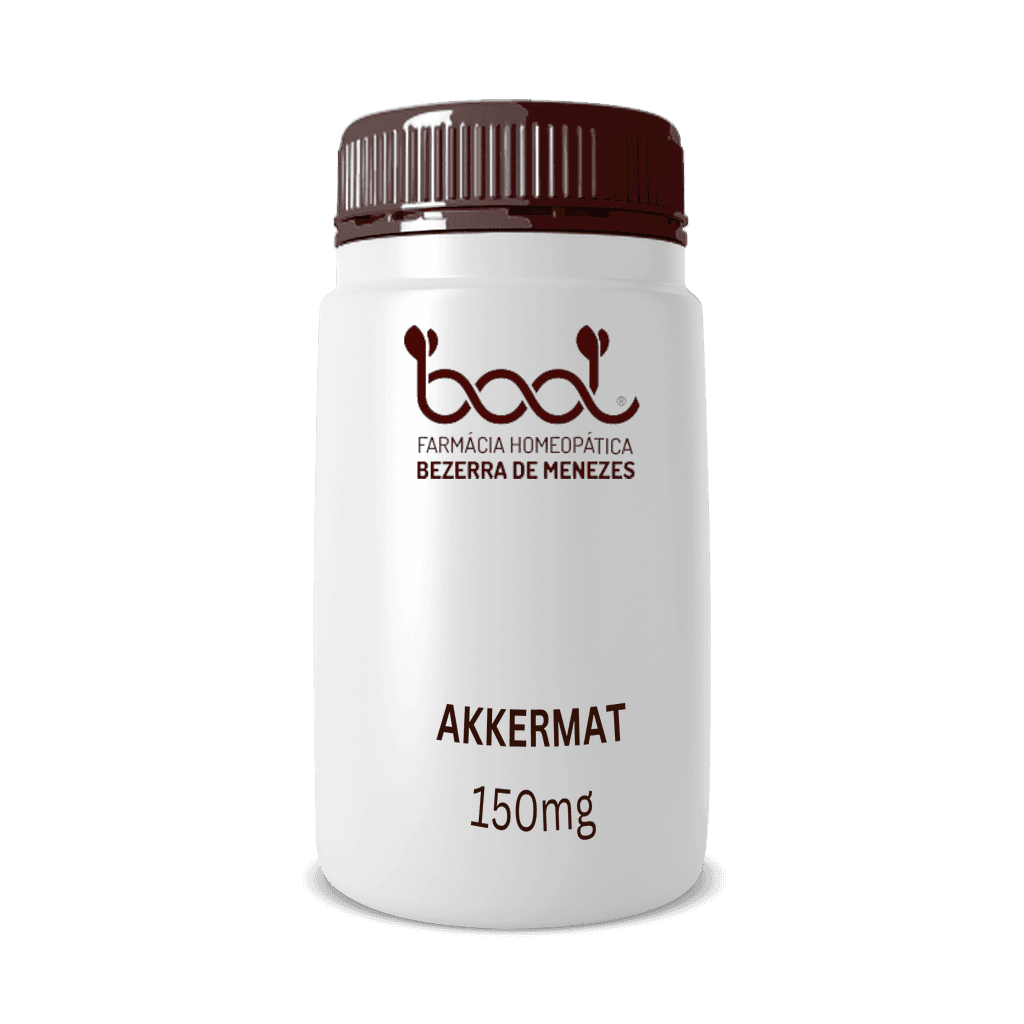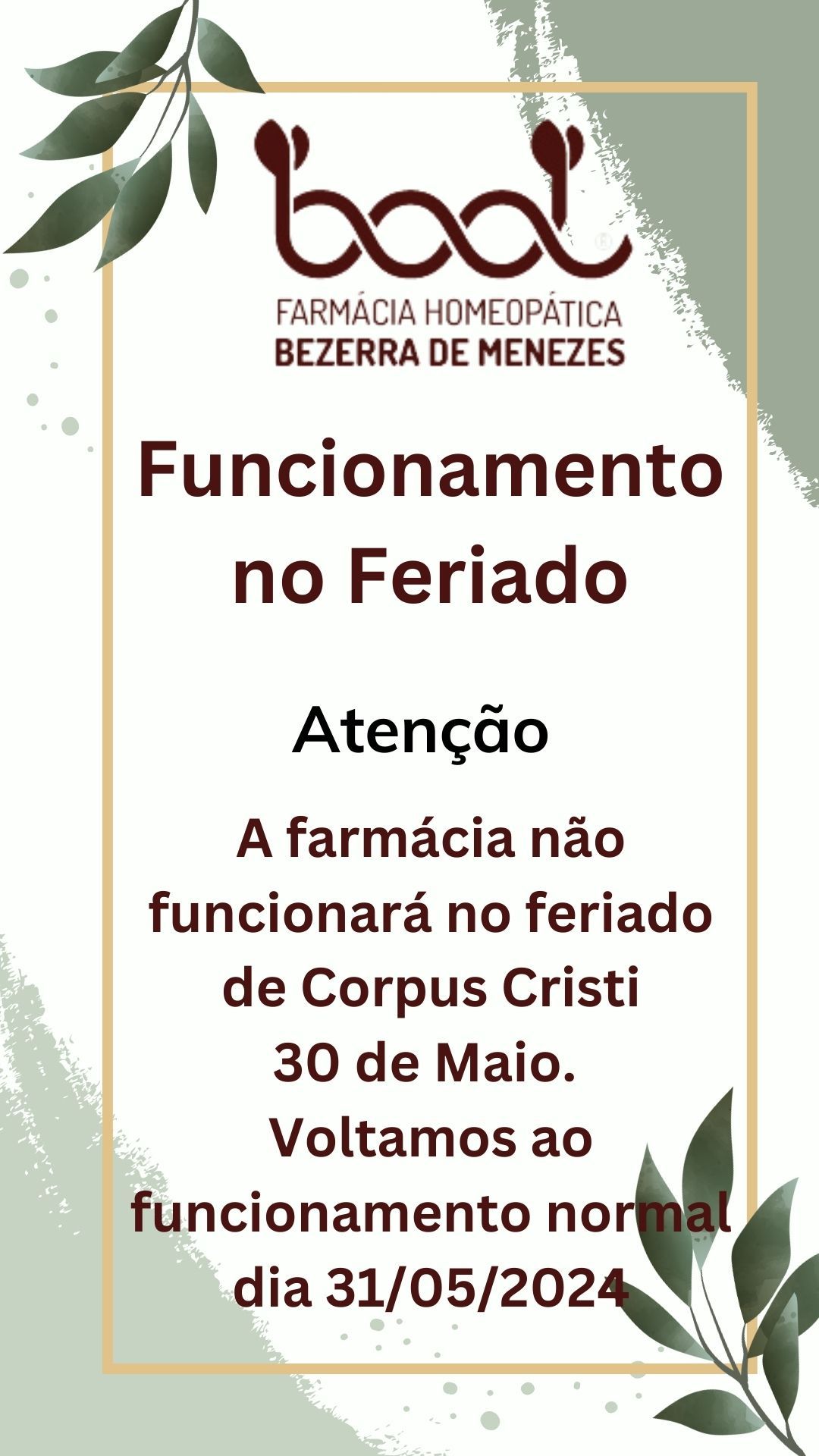6% OFF
Akkermat
Akkermat 150mg
Redução do apetite ao promover sensação de saciedade por múltiplos mecanismos, • Regulação do metabolismo lipídico com aumento da taxa metabólica
De R$ 205,00
por R$193,35
Benefícios
- • Redução do apetite
- • Melhora da compulsão alimentar
- • Gerenciamento de peso
- • Anti-inflamatório natural
- • Pacientes resistentes as terapias convencionais com GLP-1 sintéticos
- • Desmame após o uso de análogos de GLP-1
Formulação
Akkermat 150mg
Posologia
Via oral, na dose 150 mg ao dia, após a refeição
Imagem meramente ilustrativa
Descrição
Aplicações
• Redução do apetite ao promover sensação de saciedade por múltiplos mecanismos
• Regulação do metabolismo lipídico com aumento da taxa metabólica (termogênico)
• Aumento da temperatura corpórea
• Aumento do consumo de oxigênio
• Melhora do perfil lipídico
• Redução de marcadores inflamatórios
Referências
1. Material do fornecedor, 2023.
2. Abhilash, M. B., Kumar, D., Deepti A., Nair, A., Greet, V., An-Katrien, V., Mieke, V. D. D., Das Sivadasan, S., Maliakel, B., Chakrapani B., Madhavamenon, K. I. (2021). Enhanced absorption of curcuminoids and 3-Acetyl-11-keto-βboswellic acid from fenugreek galactomannan hydrogel beadlets: A natural approach to the co-delivery of lipophilic phytonutrients. Journal of Functional Foods, 79, 104405.
3. Baboota, R. K., Murtaza, N., Jagtap, S., Singh, D. P., Karmase, A., Kaur, J., ... & Bishnoi, M. (2014). Capsaicin-induced transcriptional changes in hypothalamus and alterations in gut microbial count in high fat diet fed mice. The Journal of Nutritional Biochemistry, 25(9), 893-902.
4. Batiha, G. E., Alqahtani, A., Ojo, O. A., Shaheen, H. M., Wasef, L., Elzeiny, M., Ismail, M., Shalaby, M., Murata, T., Zaragoza-Bastida, A., Rivero-Perez, N., Magdy-Beshbishy, A, Kasozi, K. I., Jeandet, P., Hetta, H. F. (2020). Biological properties, bioactive constituents, and pharmacokinetics of some Capsicum spp. and capsaicinoids. Int J Mol Sci.;21(15), 5179.
5. Gram, D. X., Holst, J. J., & Szallasi, A. (2017). TRPV1: a potential therapeutic target in type 2 diabetes and comorbidities? Trends in Molecular Medicine, 23(11), 1002-1013.
6. Joseph, A., Johannah, N. M., Kumar, S., Maliakel, B., & Krishnakumar, I. M. (2020). Safety assessment of a fenugreek dietary fiber-based formulation of capsaicinoids-rich red chili extract (Capsifen®): Acute and sub-chronic studies. Toxicology Reports, 7, 602-609.
7. Joseph, A., Balakrishnan, A. M., Mulakal, J. N., Sivadasan, S. D., Mohan, R., Maliakel, B., & Madhavamenon, K. I. (2021a). A green approach for the sustained-intestinal delivery of red chili (Capsicum annum L) extracted capsaicinoids with enhanced bioavailability. Journal of Functional Foods, 85, 104658.
8. Joseph, MSc, A., John, PhD, F., Thomas, MSc, J. V., Sivadasan, S. D. P., Maliakel, PhD, B., Mohan, PhD, R., & IM, K. (2021b). Influence of a novel food-grade formulation of red chili extract on overweight subjects: randomized, double-blinded, placebo-controlled study. Journal of Dietary Supplements, 18(4), 387-405.
9. Joseph, A., Shanmughan, P., Balakrishnan, A., & Maliakel, B. (2022). Enhanced Bioavailability and Pharmacokinetics of a Natural Self-Emulsifying Reversible Hybrid-Hydrogel System of Quercetin: A Randomized Double-Blinded Comparative Crossover Study. ACS omega.
10. Roopashree, N., Syam, D. S., Krishnakumar, I. M., Mala, K. N., Fleenor, B. S., & Thomas, J. (2024). A natural sustainedintestinal release formulation of red chili pepper extracted capsaicinoids (Capsifen®) safely modulates energy balance and endurance performance: a randomized, double-blind, placebo-controlled study. Frontiers in Nutrition, 11, 1348328.
11. Ludy, M. J., & Mattes, R. D. (2011). The effects of hedonically acceptable red pepper doses on thermogenesis and appetite. Physiology & Behavior, 102(3-4), 251-258.
12. Ludy, M. J., Moore, G. E., & Mattes, R. D. (2012). The effects of capsaicin and capsiate on energy balance: critical review and meta-analyses of studies in humans. Chemical senses, 37(2), 103-121.
13. Luo, X. J., Peng, J., & Li, Y. J. (2011). Recent advances in the study on capsaicinoids and capsinoids. European Journal of Pharmacology, 650(1), 1-7.
14. Sanati, S., Razavi, B. M., & Hosseinzadeh, H. (2018). A review of the effects of Capsicum annuum L. and its constituent, capsaicin, in metabolic syndrome. Iranian Journal of Basic Medical Sciences, 21(5), 439.
15. Shen, W., Shen, M., Zhao, X., Zhu, H., Yang, Y., Lu, S., ... & Le, S. (2017). Anti-obesity effect of capsaicin in mice fed with high-fat diet is associated with an increase in population of the gut bacterium Akkermansia muciniphila. Frontiers in Microbiology, 8, 272.
16. Si, J., Kang, H., You, H. J., Ko, G. (2022). Revisiting the role of Akkermansia muciniphila as a therapeutic bacterium. Gut Microbes, 14(1), 2078619.
17. Smeets, A. J., & Westerterp-Plantenga, M. S. (2009). The acute effects of a lunch containing capsaicin on energy and substrate utilisation, hormones, and satiety. European journal of nutrition, 48, 229-234.
18. Wang, P., Liu, D., Zhu, Z. (2011). Transient receptor potential vanilloid type-1 channel in cardiometabolic protection. Journal of the Koren Society of Hypertension, 17(2), 37-47. 19. Wang, P., Yan, Z., Zhong, J., Chen, J., Ni, Y., Li, L., ... & Zhu, Z. (2012). Transient receptor potential vanilloid 1 activation enhances gut glucagon-like peptide-1 secretion and improves glucose homeostasis. Diabetes, 61(8), 2155-2165.
20. Whiting, S., Derbyshire, E., Tiwari, B. K. (2012). Capsaicinoids and capsinoids. A potential role for weight management? A systematic review of the evidence. Appetite, 59(2), 341-348.
21. Yue, C., Chu, C., Zhao, J., Zhang, H., Chen, W., & Zhai, Q. (2022). Dietary strategies to promote the abundance of intestinal Akkermansia muciniphila, a focus on the effect of plant extracts. Journal of Functional Foods, 93, 105093.
Imagem meramente ilustrativa






